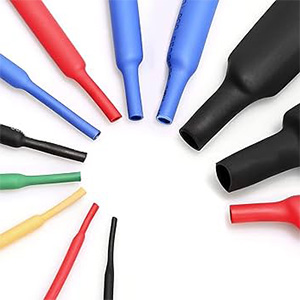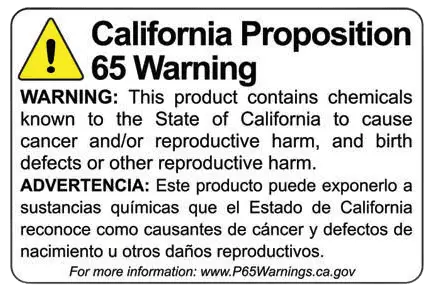 Heat shrink tubing is a crucial component in electrical insulation, cable protection, and wire bundling. However, selecting the right size is essential to ensure a secure and effective application. Here’s why heat shrink sizing matters:
Heat shrink tubing is a crucial component in electrical insulation, cable protection, and wire bundling. However, selecting the right size is essential to ensure a secure and effective application. Here’s why heat shrink sizing matters:
1. Proper Fit for Maximum Protection
Choosing the correct heat shrink size ensures a snug fit over wires, connectors, or components. If the tubing is too large, it won’t properly shrink to form a tight seal, leaving gaps that can expose wires to moisture, dust, and other contaminants.
2. Effective Insulation and Strain Relief
Heat shrink tubing with the right shrink ratio provides optimal electrical insulation and strain relief. A poorly sized tube may fail to protect against short circuits or mechanical stress, reducing the durability of the connection.
3. Preventing Over-Shrinking and Damage
Using heat shrink that is too small can cause excessive stretching or tearing during application. Over-shrinking can also weaken the material, leading to premature failure. Selecting the right size ensures a balance between flexibility and durability.
4. Enhancing Cable Management
Well-fitted heat shrink tubing helps organize and bundle cables neatly. The correct size prevents loose or bulky sections, creating a clean and professional look in electrical and industrial applications.
5. Choosing the Right Shrink Ratio
Heat shrink tubing is available in various shrink ratios (e.g., 2:1, 3:1, 4:1), meaning it shrinks to half, one-third, or one-quarter of its original size. Understanding your application’s requirements helps in selecting the correct shrink ratio for a secure and functional result.
Conclusion
The right heat shrink size is essential for achieving strong insulation, protection, and durability. Whether for electrical wiring, automotive repairs, or industrial applications, properly sized tubing ensures efficiency and reliability.
Need help selecting the perfect heat shrink tubing for your project? Contact us today for expert guidance and high-quality solutions!


